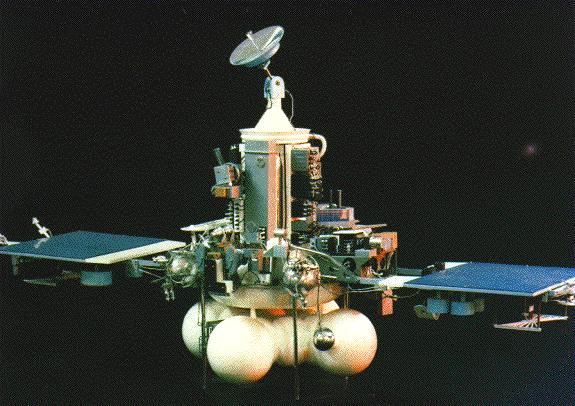Today in the history of astronomy, a Soviet probe heads for Mars.
The second of two Soviet probes headed for Mars, Phobos 2 got closer than Phobos 1 to achieving its mission goals — but still fell short. Credit: NASA
- Phobos 2 was a Soviet probe sent to study Mars and its moons.
- It carried many scientific instruments to gather data.
- Phobos 2 reached Mars but lost contact before completing its mission.
The Soviet Union launched Phobos 2 on July 12, 1988, the second of two uncrewed probes designed to study Mars, moons Phobos and Deimos, the Sun, and the interplanetary environment. Each probe was equipped with 25 instruments including high-energy detectors; X-ray and solar photometers; infrared, ultrasound, and gamma-ray spectrometers; and more. Phobos 1 was lost en route on Sept. 2, when an error in a command sequence caused it to lose its ability to maintain its orientation; its batteries eventually were depleted and it shut down. While Phobos 2 did successfully reach Mars and gathered data on the Sun, Mars, and Phobos, contact was lost with the probe in March 1989 when the onboard computer failed. Unfortunately, the malfunction occurred before its planned maneuver to closely approach Phobos and launch landers on its surface.
